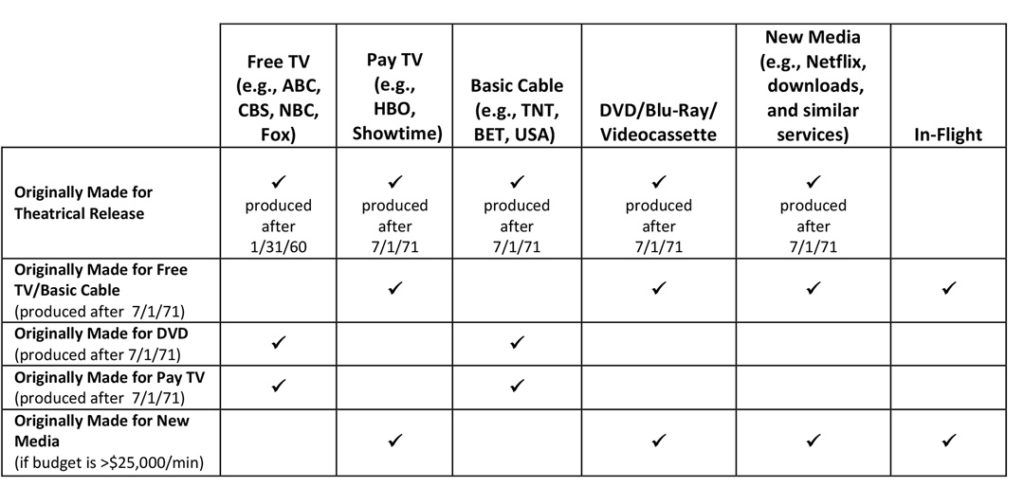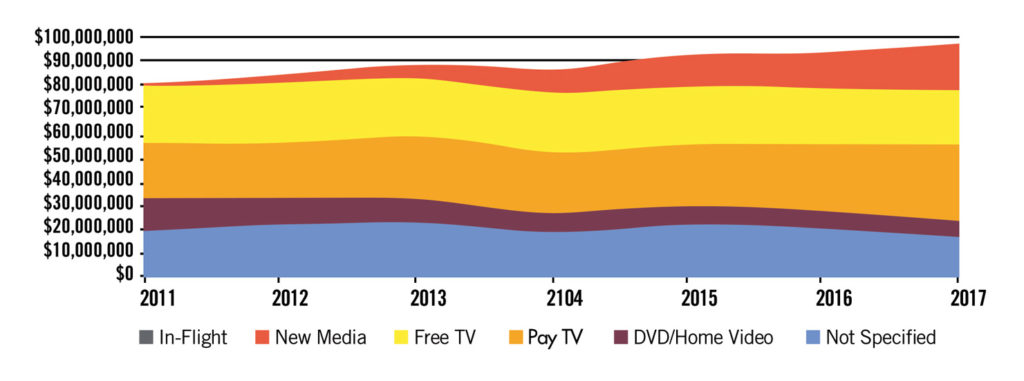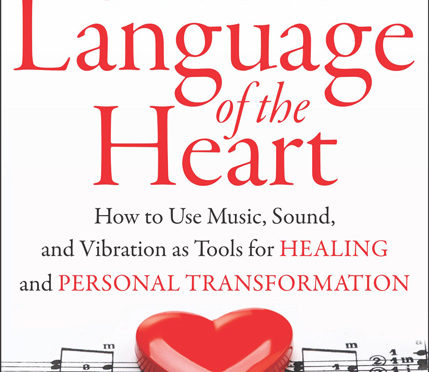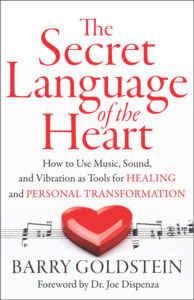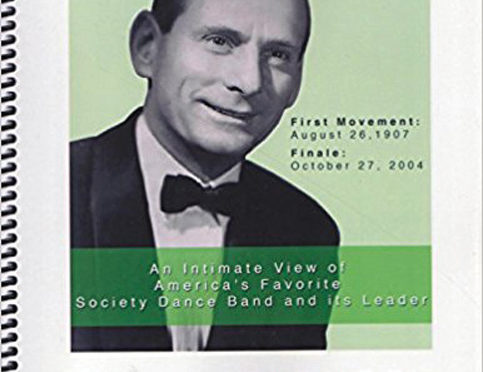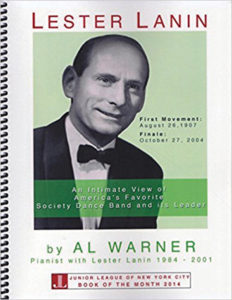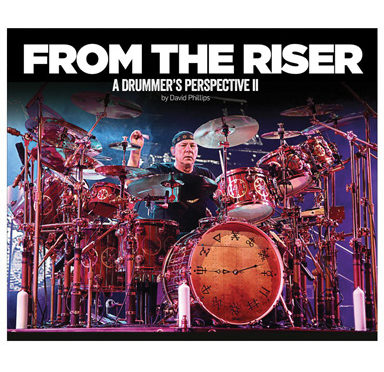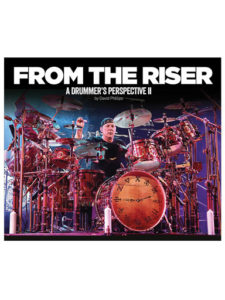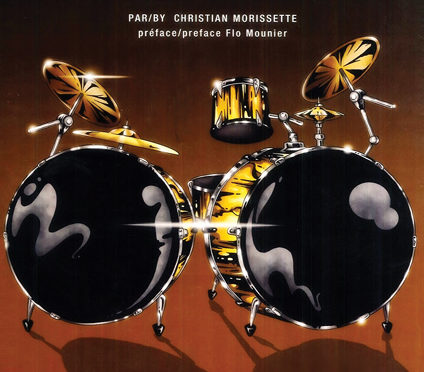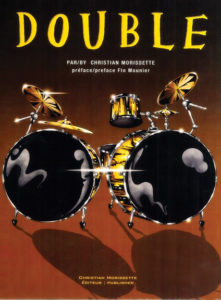The General Production Agreement negotiated between the CFM and the Canadian Broadcasting Corporation has been ratified with an overwhelming majority. As a response to requests by the members, modifications were made to once again identify underscore and theme music that would require reuse payments outside of the one-year window. Fees increased by nearly 5% and the revenue sharing aspect of Distributor’s Gross now includes licensing as well as sales.
And of equal importance, ratification indicates that we now have an up-to-date template to use as we prepare to negotiate a similar deal with Rogers Communications, Bell Media, and Corus Entertainment. During conversations with all three to determine dates to begin bargaining, it became apparent that there is an appetite among the three media giants to bargain simultaneously. To that end, the tentative timeline is sometime in February 2018.
Commercial Announcements Agreement
In the mix as well is the Commercial Announcements Agreement, as the Association of Canadian Advertisers (ACA) and the Institute of Communications Agencies (ICA) have returned to the table after a yearlong hiatus. Significant amendments are being considered with this contract since online advertising, once considered a small part of the industry, has become a significant part of productions. While fee increases and housekeeping are also on the table, major revisions are being contemplated because of massive shift in how jingles are now created. Fortunately, there is a desire on both sides to make the agreement more relative and user-friendly.
Consultations with independent producers have finally led to an upcoming meeting with the Canadian Media Producers Association (CMPA). While still in the early stages, it’s my hope that the result will be a Canadian agreement for independent production. I will report more on this in the near future.
NAFTA & TPP Update
Recent meetings of the Canadian Labour Conference confirmed that the North American Free Trade Agreement (NAFTA) and the Trans-Pacific Partnership (TPP) remain very serious concerns for organized labour in Canada. As reported previously, the CFM has been appointed to a NAFTA committee to provide input on certain aspects of the cultural sector. We have also made presentations during public consultations on the TPP, as the subject matter has similar concerns for musicians, specifically regarding temporary entry into Canada and copyright. We continue to push for what is fair, although it would appear at this juncture, that both those agreements are in peril.
As you may have surmised, we have a busy schedule coming up, both in finishing 2017 work and with projects that will take us well into next year. Major, first-time negotiations are on deck, and with lots of hard work and a little luck, there will be a significant increase in contracted media work.
I would like to wish all our members, officers, and staff a very Merry Christmas, as well as a safe, healthy, happy, and prosperous New Year.




